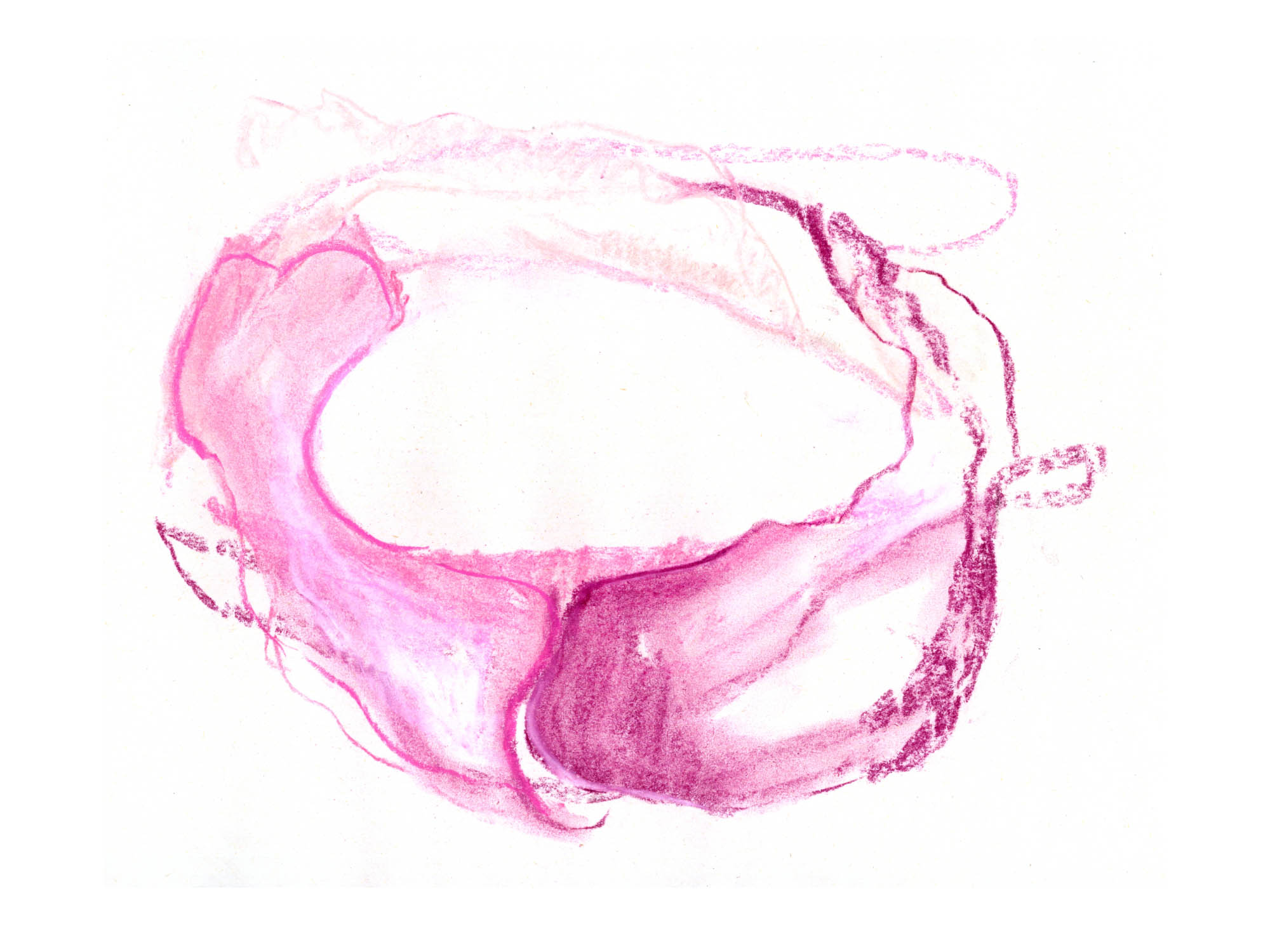New research shows that our moment-to-moment experience of the passage of time—particularly, what we might call “the present”—is not constant but stretches or shrinks even within each heartbeat.
It’s a truism that time feels shrunk or stretched depending on circumstances. “When you sit with a nice girl for two hours you think it’s only a minute, but when you sit on a hot stove for a minute, you think it’s two hours,” said Albert Einstein, rather impishly. We experience that time passes faster the older we get.1 Research has shown that thoughts and emotions distort our perception of time, too, causing it to fly or crawl. Such outcomes reflect how we typically think about or appraise time, rather than how we experience it directly in the present moment.
Two experiments recently carried out by different research groups revealed additional insights. Together, they confirm that the activity of the heart at intervals of one heartbeat or less—the so-called subsecond intervals—affects our perception of the passage of time.
The first experiment showed that the perception of time changes within a heartbeat.2 In the experiment, 28 people learned to distinguish the duration of two visual or two auditory stimuli. For example, the study participants saw two shapes or heard two different sounds. One shape or sound from each pair was presented for 200 milliseconds, the other for 400 milliseconds. Then, they were presented with a new stimulus—a different tone or shape. They were asked to judge whether the presentation was shorter or longer, using the previous pair as a reference but with an additional twist. The new sounds and images were presented at a specific moment during the participant’s heartbeat: when the heart was either contracting (systole) or relaxing (diastole). During systole, subjects perceived the duration as shorter than it actually was—a time contraction. During diastole, the opposite was the case, so that over the period of a complete heartbeat, contraction, and expansion canceled each other out: our perception of time at each moment is formed through the polarity of contraction and expansion.
The second experiment focused on the variability in the perception of time between individual heartbeats.3 In this case, they found a perception of time contraction when that span was shorter and expansion when it was longer. The researchers called these tiny time distortions, which were in the millisecond range, “temporal wrinkles.”
Networked Time
The question of how we keep time—which processes in our body cause us to experience or judge time sequences and time intervals—has occupied physiologists for years. Gradually, we are beginning to see that there is no single part of the brain or body that keeps time. It’s all networked. Research into the perception of time (as part of chronobiology, the biology of the rhythms of living things) has until recently focused on different areas of the brain and a “biological clock,” a central timekeeper. This “master clock” is seen as consisting of a group of neurons in the brain that form a structure called the suprachiasmatic nucleus (SCN) in the hypothalamus.4 As the name suggests, this structure lies exactly above the junction (χίασμα, “crossing”) of the two optic nerves that are essential to the perception of day and night. The SCN is considered, among other things, to be a pacemaker for the so-called circadian rhythms, which are related to the earth’s rotation (about 24 hours).
This new research raises questions about this “master clock.” Blood flows to the periphery during systole and returns to the heart during diastole. Our experience of time seems to be created through some connection between these two opposing flows and the nerves of the SCN. However, heart activity is also perceived directly. What goes through the “central switchboard” of the SCN, and what goes directly? Are the directions clear? Where and how are feelings and decisions ignited, and where and how do they become conscious?5 How do both nerves and hormones in the blood contribute to our experience and judgment in relation to time, since nearly every cell has its own internal clock that responds to light, heat, electricity, chemical and mechanical forces?6 We thus see that our perception of time is formed not only from the brain and heart, but from the whole human being: from thoughts and feelings (via brain and heart) to individual impulses, and not only through day and night, but interlaced or cascaded down to the cell level. How are cause and effect related in this complex, in particular with respect to the interaction between blood and nerve?7
Translation David Auerbach
Image Without title, Gilda Bartel, 2019, pastel chalk
Footnotes
- M. Wittmann, S. Lehnhoff, “Age. Effects in Perception of Time.” Psychol Rep 97, 921–935; 2005.
- I. Arslanova, V. Kotsaris, M. Tsakiris, “Perceived time expands and contracts within each heartbeat.” Current Biology 33, 1389–1395.e4; 2023.
- S. Sadeghi, M. Wittmann, E. De Rosa, A. K. Anderson, “Wrinkles in subsecond time perception are synchronized to the heart.” Psychophysiology 60, e14270; 2023.
- Nowadays the ticking of the SCN circadian clock (roughly every 24 hours) is viewed as a repetitive feedback loop of complex chemical reactions between genes and proteins.
- S.J. Wang, R.C. Lapate, “Emotional state dynamics impacts temporal memory.” BioRxiv; 2023.
- For example J. F. Abenza et al., “Mechanical control of the mammalian circadian clock via YAP/TAZ and TEAD.” Journal of Cell Biology 222, e202209120; 2023. The word “control” includes both perception and response.
- See e.g., R. Steiner, Occult Physiology, CW128, especially lectures 3 and 7.





